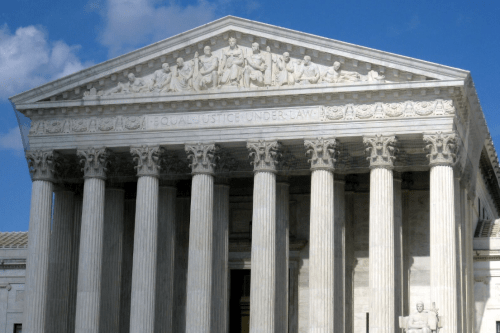A study by Stephen Hess at the Brookings Institution of “war with Iraq” editorial positions—before and after Secretary of State Powell’s presentation to the UN Security Council on February 5—in the 25 largest circulation U.S. newspapers shows shifts toward President Bush’s position in 9 papers and away in 4 papers.
For data, go to “Iraq War” Editorial Positions, in the 25 Largest Circulation U.S. Newspapers (Excel spreadsheet). Updated on February 13, 2003.
While all the papers praised Powell’s performance, only the Arizona Republic in Phoenix and the Oregonian in Portland moved significantly in the pro-war direction. The other papers that became somewhat more supportive after Powell spoke were USA Today, Newark Star-Ledger, Cleveland Plain Dealer, San Diego Union-Tribune, Philadelphia Inquirer and the Detroit Free Press.
On the other hand, the Houston Chronicle, San Francisco Chronicle, Atlanta Journal-Constitution and St. Petersburg Times were more skeptical of the pro-war direction than they had been in earlier editorials.
The consistently pro-war papers in Hess’s judgment were The Wall Street Journal, Washington Post, New York Daily News, New York Post, Dallas Morning News, and Chicago Sun-Times. The two papers listed as anti-war were the New York Times and The Register in Orange County, California.
The division of the editorials into 5 categories in the accompanying table—pro-war, not-yet, hedge, skeptical, and anti-war—reflects considerable variation in the print media. Before Powell spoke, adjusted by circulation, 47% of these papers were of a more “hawkish” persuasion, 53% “dovish.” Unlike the cable TV networks with their “showdown” logos, theme music, and high decibel broadcasters, newspapers in general have been cautious and measured in their approach to the Iraq question.
After Powell’s speech, the “hawks” commanded 72% of the editorial positions and the “doves” had 28%. For our purposes, “hawks” were defined as those newspapers labeled “pro-war” and “not-yet.” The “doves” were defined as those newspapers designated as “skeptical” and “anti-war.” It should be noted, however, that the “hawkish” USAToday’s circulation commands 14% of the overall sample.


Commentary
Op-edPowell’s UN Presentation Has Positive, Yet Marginal, Effect on U.S. Newspaper Editorials
February 6, 2003